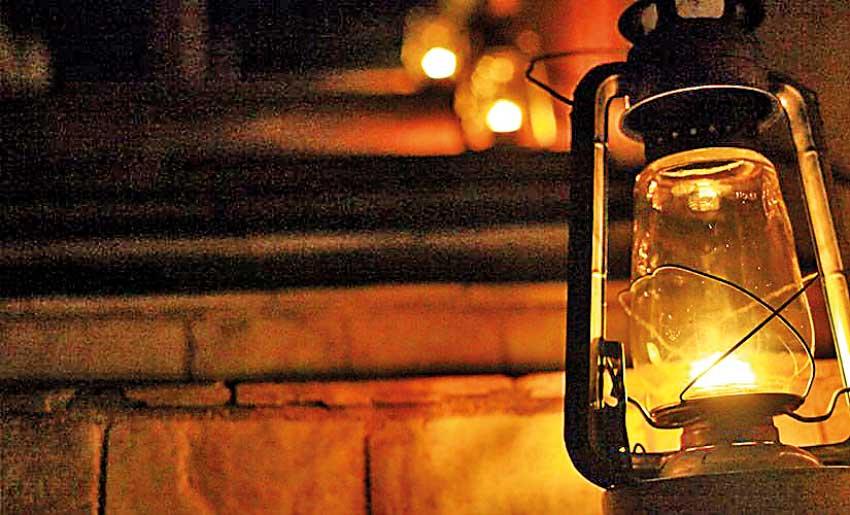26 Feb 2022 - {{hitsCtrl.values.hits}}

Pulling Sri Lanka out from the darkness it has plunged into requires a market-driven price formula. The mechanism is necessary for the nation to effectively steer away from an energy crisis, an independent economic think tank said.
Colombo-based economic think tank Advocata Institute said the government must look at introducing a price formula to determine the prices at the pump, instead of continuing with the general subsidy.
“Given the current circumstances, there is little alternative to an immediate price hike to prevent destabilising the financial sector and shortages of fuel supplies,” said Advocata in a statement yesterday.
It added that in the future, the vulnerable households should be supported with direct cash transfers, which require a re-examination of the Samurdhi scheme.
“A smaller subsidy paid directly to deserving households is a far more effective and efficient means of relieving the poor,” Advocata said.
Another key reform needed, according to the think tank, is the elimination of all barriers to enter Sri Lanka’s energy sector, as enhancing competition by allowing more players to operate in the market is the only means of achieving both stable supply and stable prices in the long term.
The losses incurred by the energy utilities have been financed by the state banks and have grown so large that they now threaten the stability of the banks.
The total liabilities owed by the state-owned monopoly, the Ceylon Petroleum Corporation (CPC), to the banking sector is of about Rs.529.2 billion.
Advocata asserted that a sharp increase in prices is now unavoidable but necessitated, due to the imbalances that have been built up within the economy.
“Unless the root causes of the problem are addressed and the interest rates, foreign exchange rates and other key prices within the economy are allowed to be determined by market forces, these imbalances will continue to be a recurring problem,” the institute cautioned.
Sri Lanka did witness incidents of fuel price increase recently but they are inadequate, the reason being the country presently selling diesel at a significant loss.
At present market prices, diesel is still sold at a loss of Rs.46.80, while petrol is sold at a loss of Rs.18.37.
When compared with regional peers such as India and Bangladesh, Sri Lanka continues to provide fuel at cheaper prices. The selling price of petrol in India is about Rs.259.44, while diesel is about Rs.235.8. In Bangladesh, the selling price of petrol is about Rs.202 while diesel sells at about Rs.188.23.
The comparisons indicate that fuel in Sri Lanka continues to be underpriced, highlighting a serious structural flaw in the nation’s fuel pricing mechanism, Advocata said.
Importation of petrol and diesel accounts for 18 percent of the country’s total import expenditure, which is about US $ 3.7 billion for the January to December 2021 period.
24 Nov 2024 4 hours ago
24 Nov 2024 5 hours ago
24 Nov 2024 5 hours ago
23 Nov 2024 23 Nov 2024
23 Nov 2024 23 Nov 2024